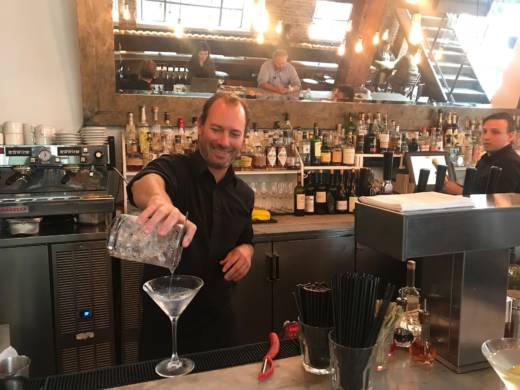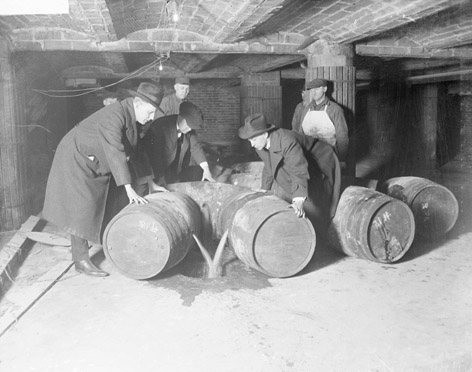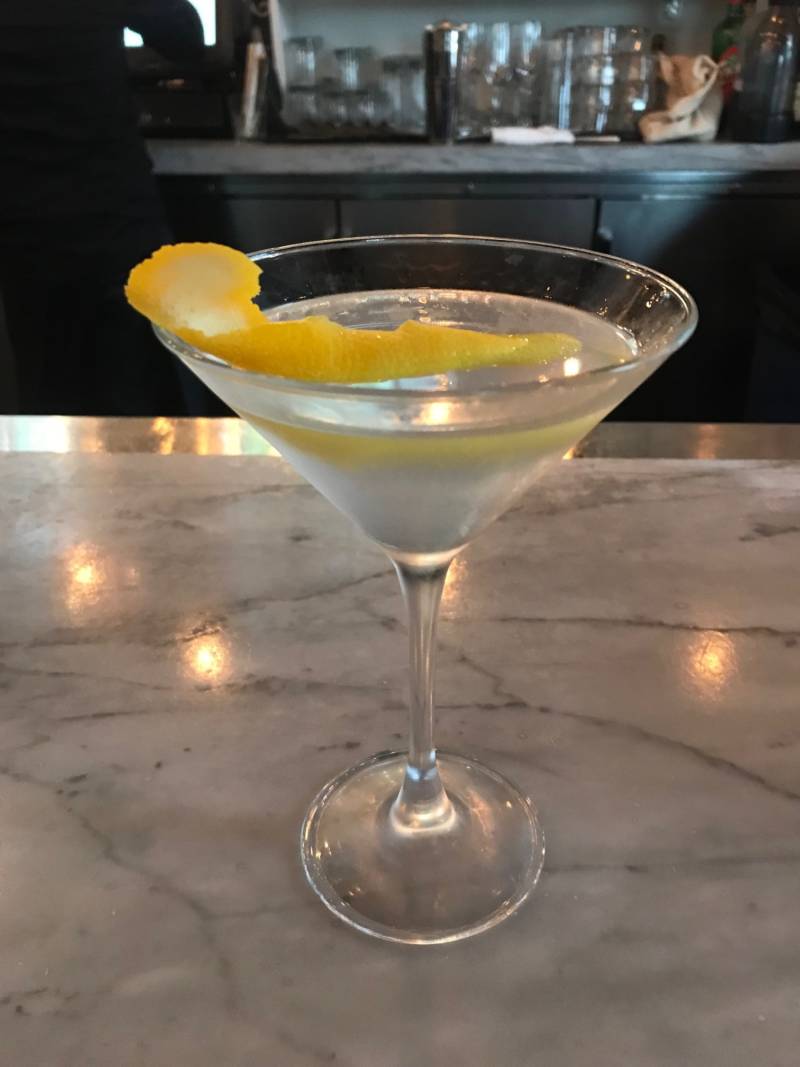The martini is iconic. Not just because of James Bond, but the glass it’s served in, those neon signs in front of old school bars … it even has its own emoji.
The martini is also the first cocktail Tamir Ben-Shalom learned how to make.
Ben-Shalom is bar manager at the Bull Valley Roadhouse in the tiny East Bay town of Port Costa. He makes a mean martini: two parts of Old Tom Gin, one part Turino vermouth blend, and orange bitters.
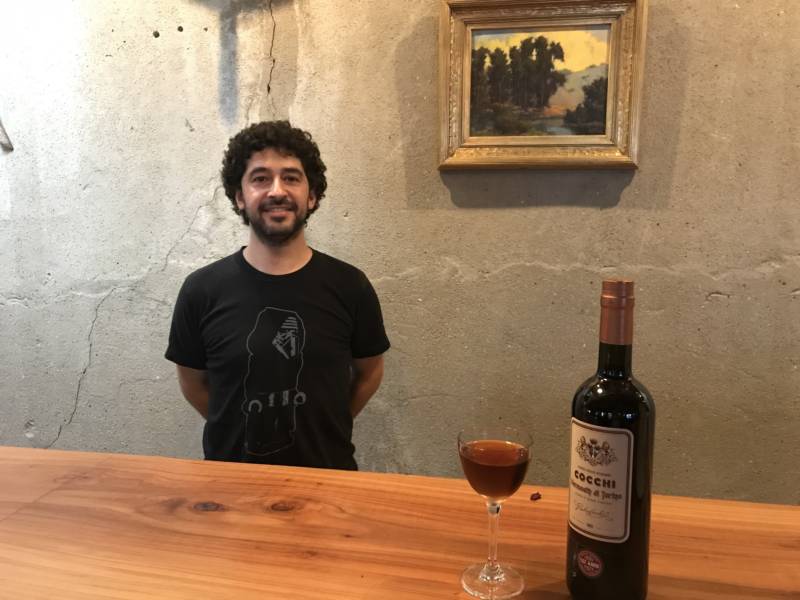
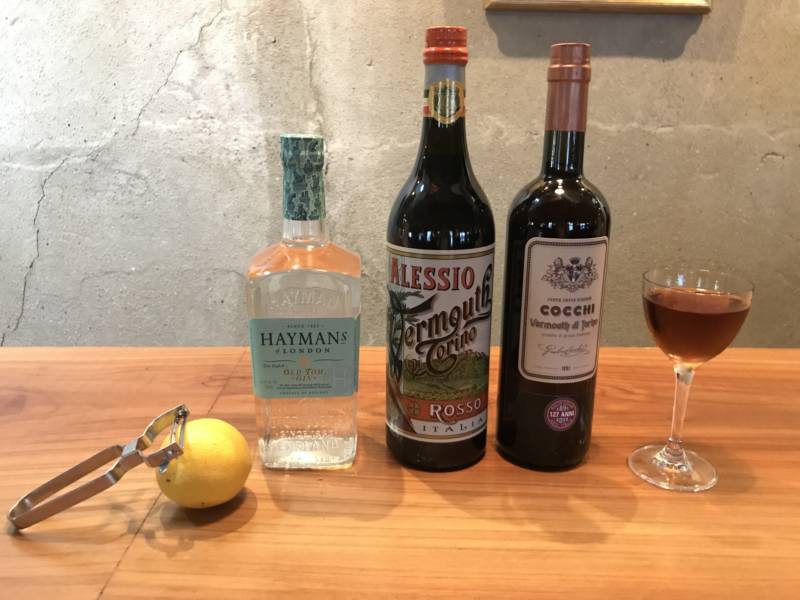
But he tells me that if I want to get to the bottom of the martini mystery, I really need to drive 20 minutes to Martinez. So, I get in my car until I hit the intersection of Masonic and Alhambra Streets. It’s an unassuming parking lot, except for a plaque on a giant boulder that claims this is the site of the martini’s invention.
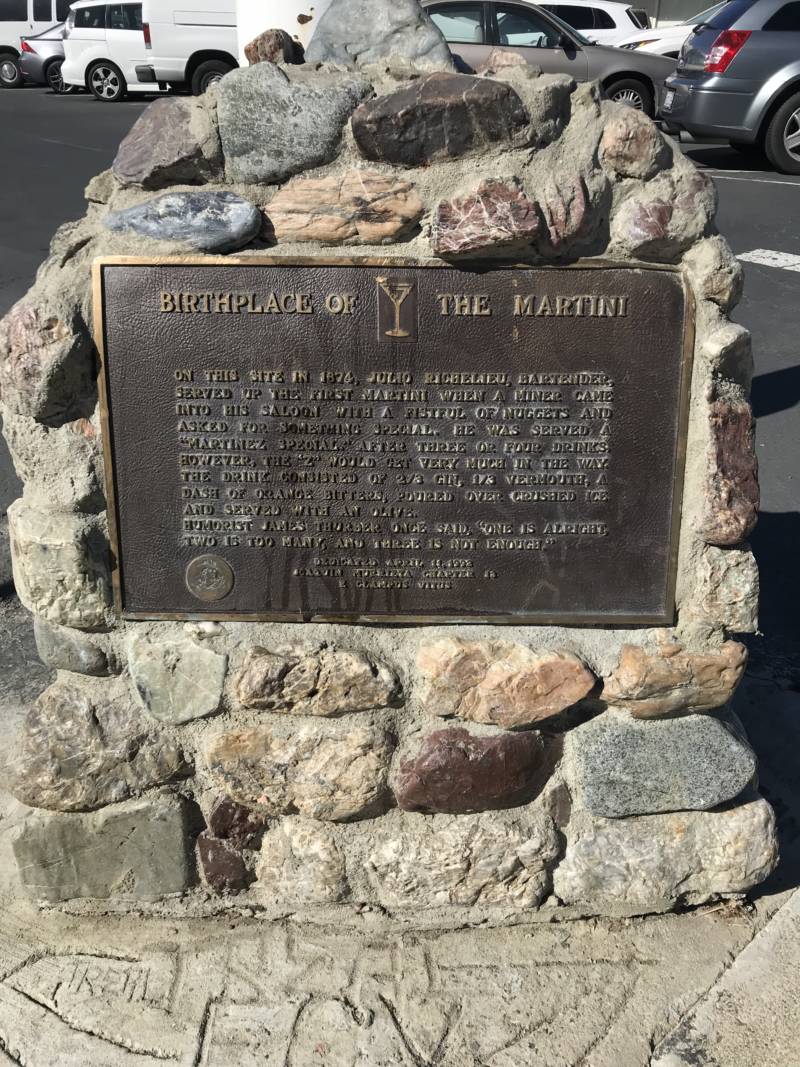
The plaque reads: “On this site in 1874, Julio Richelieu, bartender, served up the first martini when a miner came into his saloon with a fistful of nuggets and asked for something special. He was served a Martinez Special. After three or four drinks, however, the Z would get very much in the way. The drink consisted of two thirds gin, one third vermouth, a dash of orange bitters, poured over crushed ice and served with an olive.”
Not only does Martinez lay claim to the drink with a plaque, it throws an annual Martini’s on the Plaza Gaza, and the drink’s origin story is on the city’s official website.
But Gabriel Clothes, a San Francisco bartender who collects and studies old cocktail recipes, says there’s actually a lot of controversy about where — and who — invented the martini.
“These origins are so murky. Especially a drink, it’s not entered into the public record,” he says.
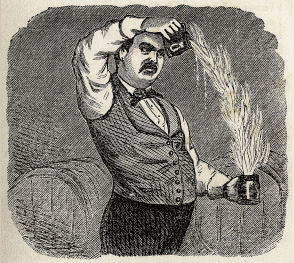
But Clothes tells me a really similar origin story — it also takes place during the 1870s, but this time it happens in San Francisco.
It starts with a miner with a sack of gold who went into the bar at the Occidental Hotel hoping to trade it for a bottle of whiskey.
Bartender Jerry Thomas gave him the whiskey AND a special drink he invented off the cuff — the Martinez.
In 1887, the recipe for the Martinez was documented for the first time, in Jerry Thomas’ Bartender’s Guide.
And his recipe looks a lot like the classic martini : one part Old Tom gin, and two parts vermouth.
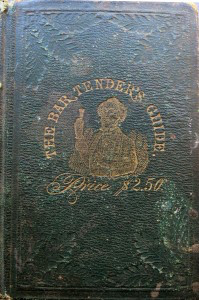
To try to clarify the Martinez-Martini confusion, I consult with Jennifer Colliau, an an award-winning bartender and self-proclaimed cocktail nerd.
“I love that there’s this air of mystery to it,” she says of the cocktail. “[American writer] H.L. Mencken called the martini ‘the only American invention as perfect as the sonnet.'”
She loves the martini so much, she’s created a spreadsheet of all the different variations she’s found over the years. It has whopping 469 entries.
Some of the drinks she’s documented are made with exact same recipe but different names: the Chris Racquet Club, the Duey, the Dry Martini, the Marguerite and the Nutting.
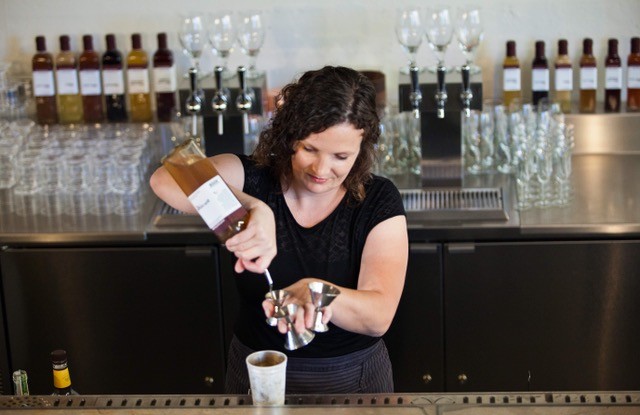
All of those drinks are made with the same ingredients: 1 to 1 gin and dry vermouth with orange bitters. So which one is one?
Colliau says I’m asking the wrong question: “There is nothing empirical here. There are people writing other people’s recipes. There are people naming drinks after themselves or after the bars they work in.”
This explains why it’s so hard to nail down the difference between a Martinez and a martini, let alone where it was invented. But regardless of what it was called…it’s obvious that a martini-type gin drink was very popular at the turn of the century.
